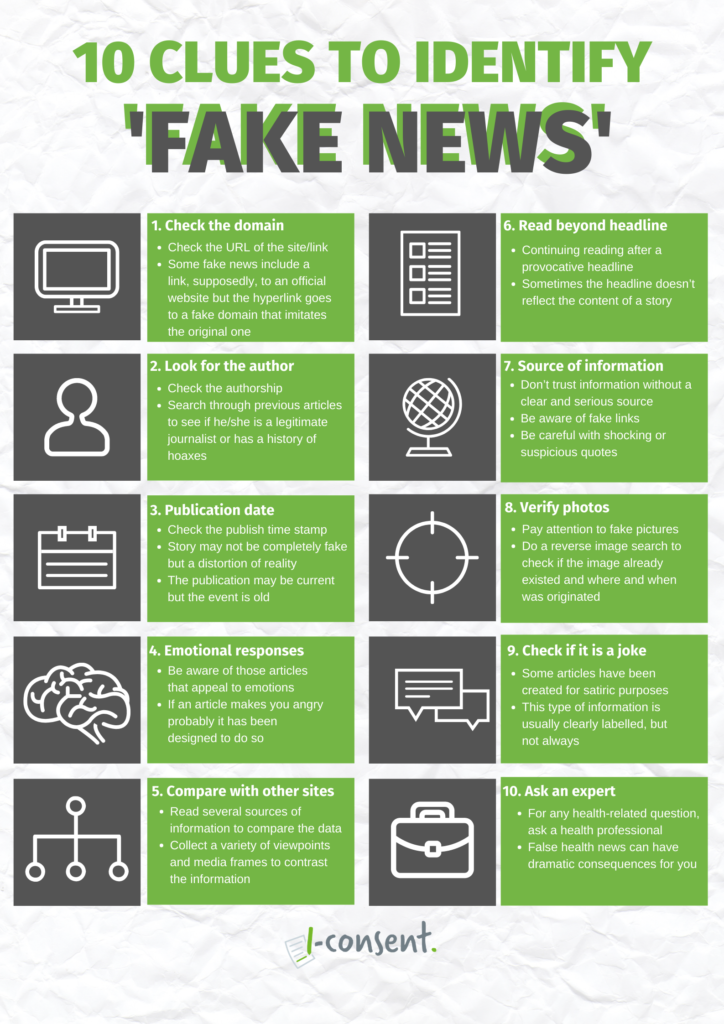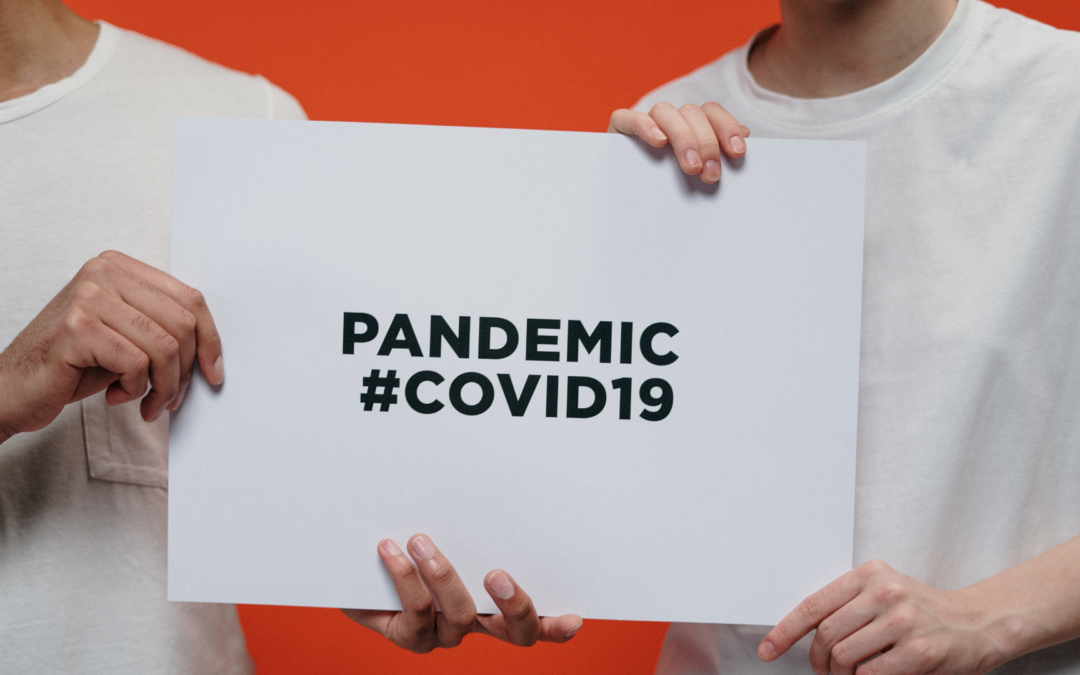i-CONSENT has updated its “clues to identify fake news” with a special focus on the COVID-19 pandemic
As the pandemic continues to create uncertainty, there is an urgent need for stronger action to manage the wild spread of fake news. To contribute to the cause, we bring an updated version of our strategies to spot and fight fake news with a special focus on the COVID-19 pandemic.
COVID-19 has opened the doors to one of the biggest infodemics in time. In this context, new technologies have played an important role both in keeping people informed and safe and in letting through and amplifying fake news. For instance, we have come across information on false remedies to prevent the disease, the advertisement of miracle drugs and information about national policies with a constant disavowal of the politicians.
Certainly, disinformation in the COVID-19 era has special features. We should pay attention to them to understand the ultimate objectives of the content and be able to be critical. These are some of the features:
- Elements have moved from the private (Messenger, WhatsApp …) to the open (Twitter, Facebook …) and vice versa.
- Adaptation of the hoaxes to the local context and language.
- Scientific debates have been used to add elements of disinformation and conspiracy theories.
- An ecosystem of common authors who have taken advantage of the pandemic to sell their hoaxes (deniers, pseudo-therapists, charlatans) has been reoriented, and scams have proliferated.
These peculiarities we should take into account when consuming any type of information but specially that related to our health. In order to detecting fake news, we look back our recommendations elaborated by iCONSENT some time ago in this infographic:

Among the tools and resources that can be used to identify these type of news are: First Draft; Maldita: the buloteca; Newtral; the International Fact-Checking Network.
